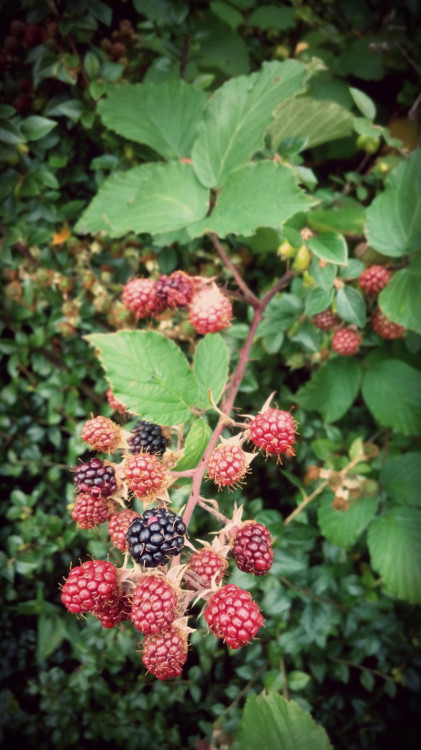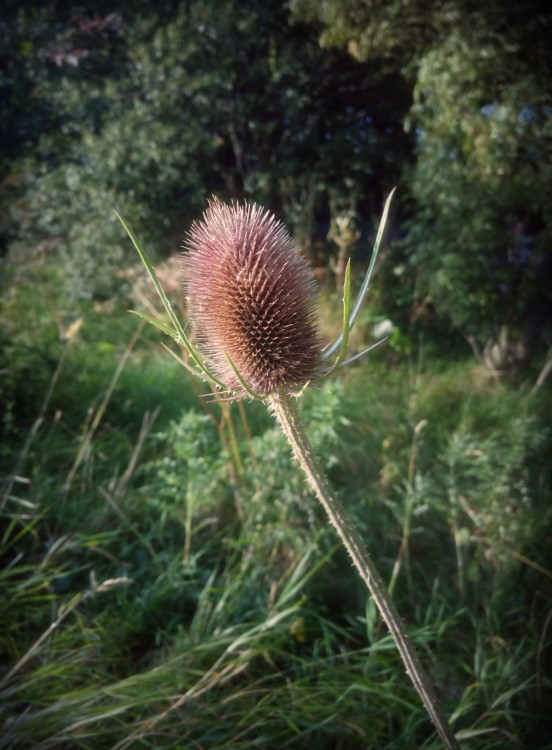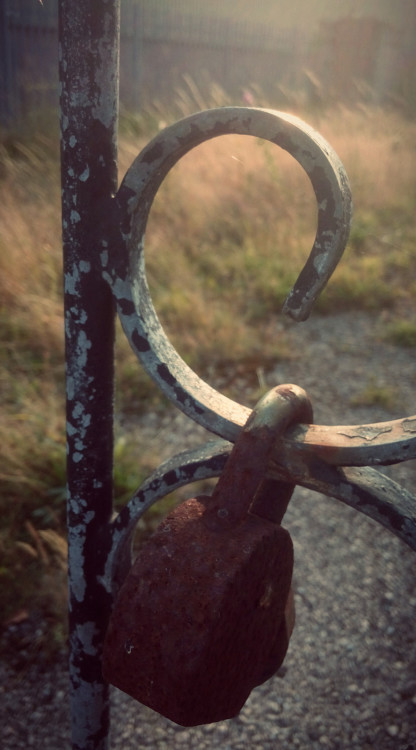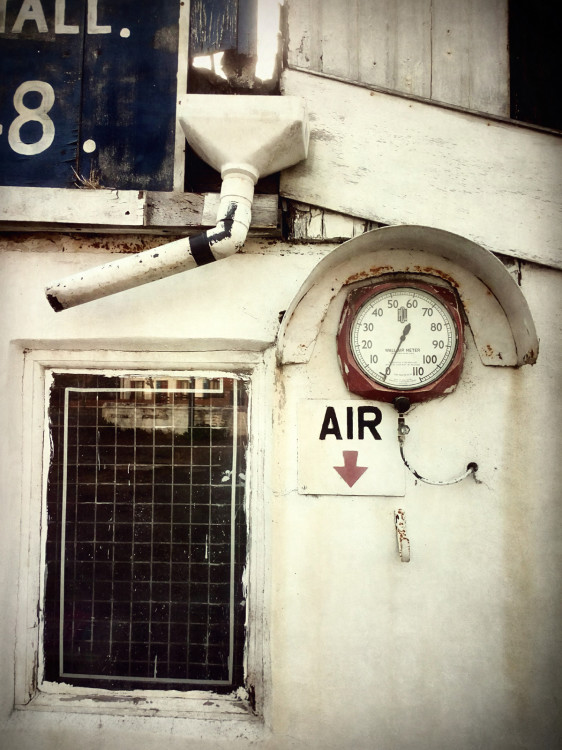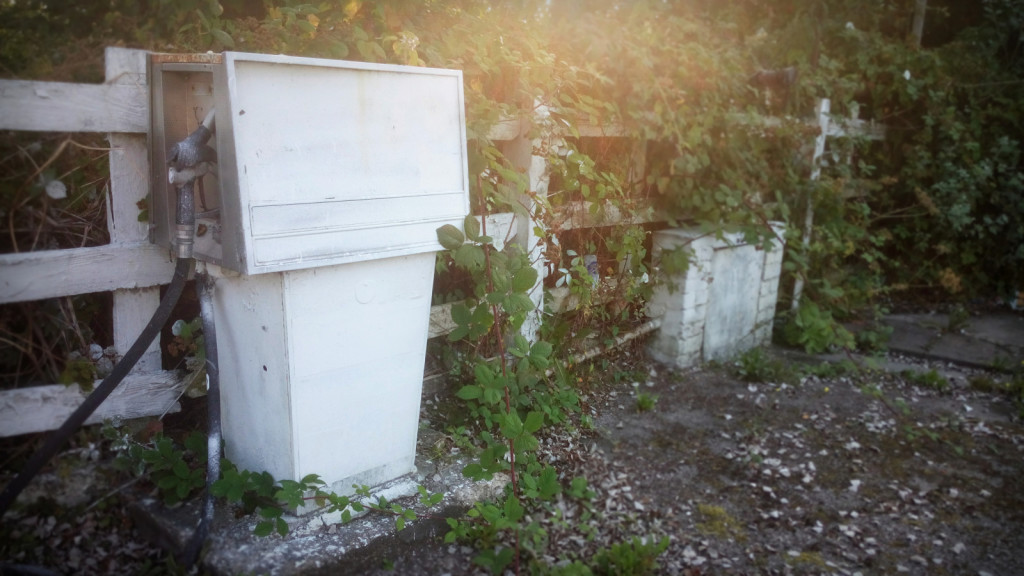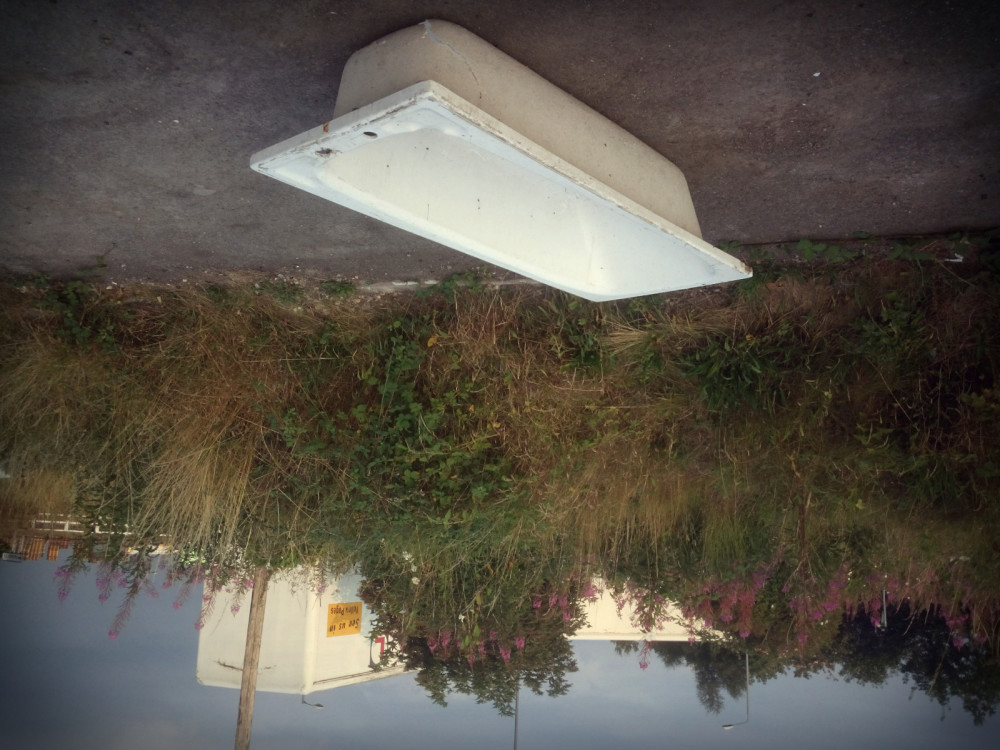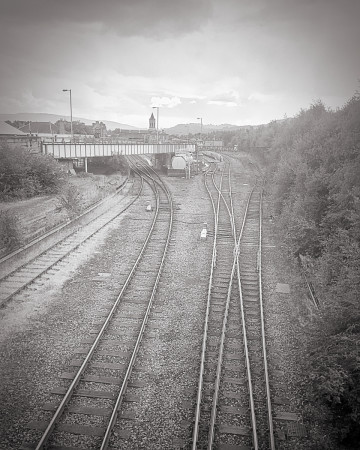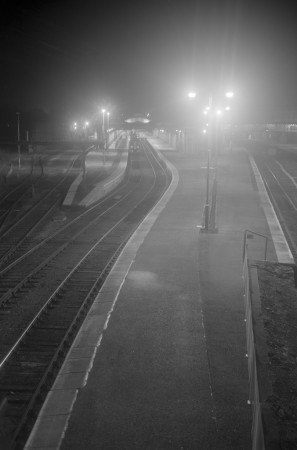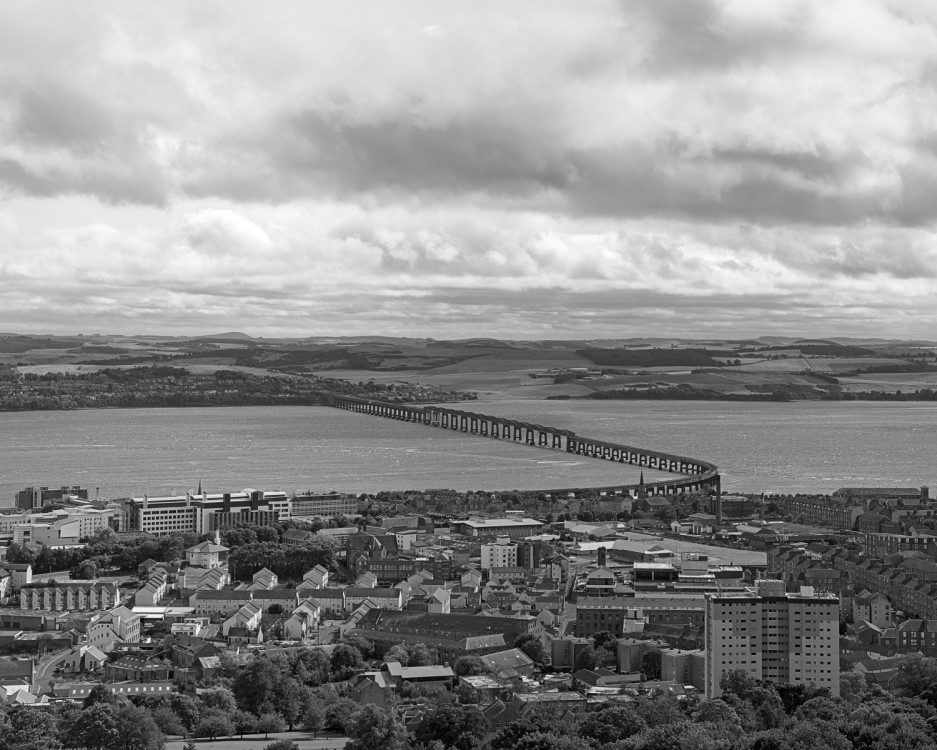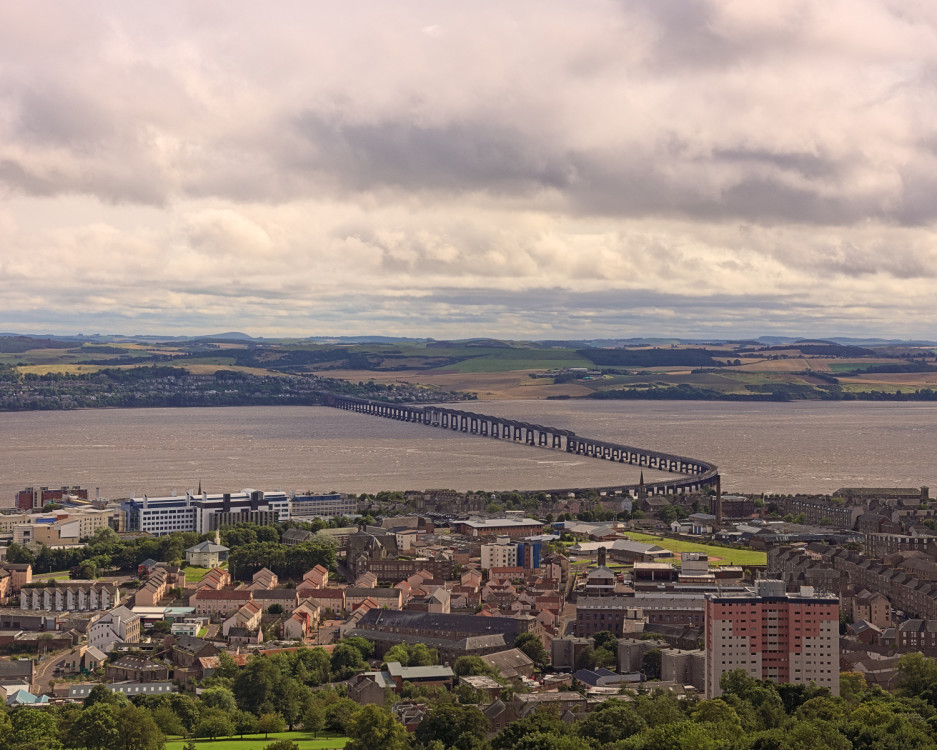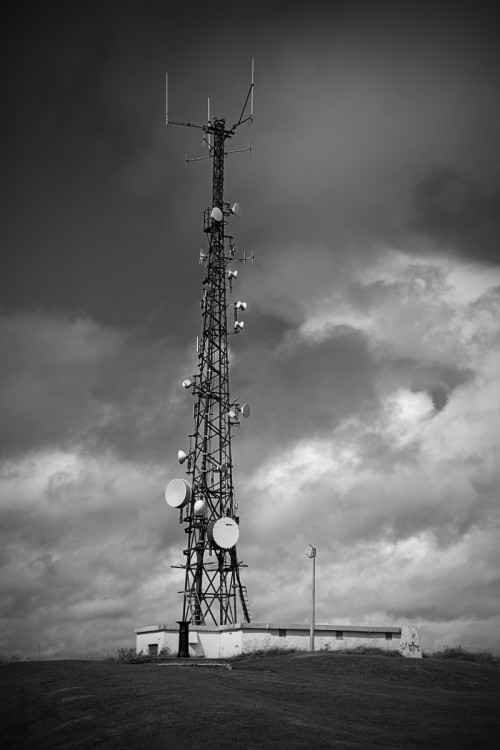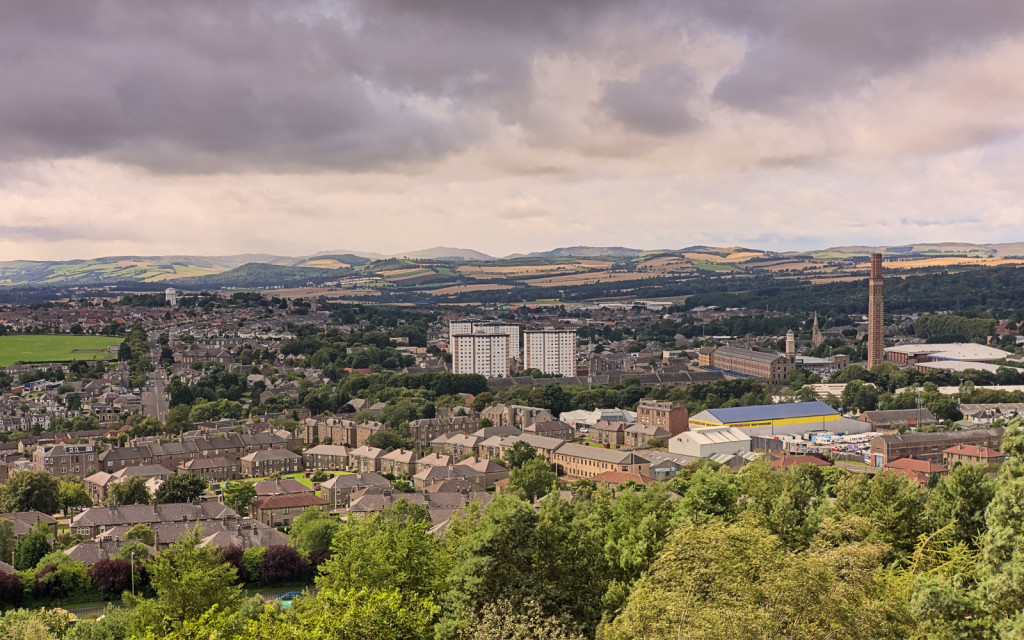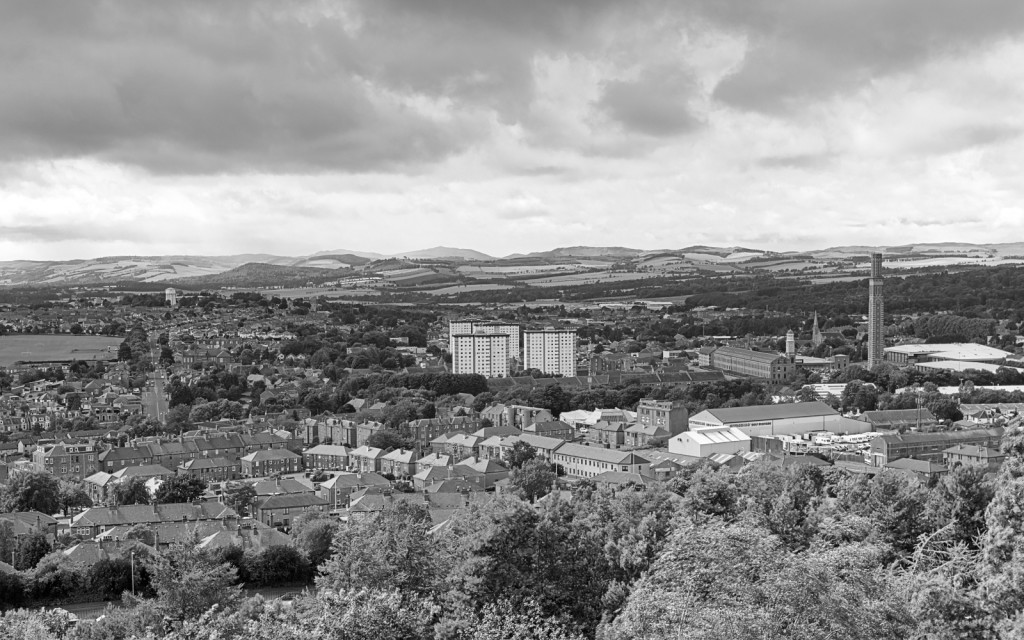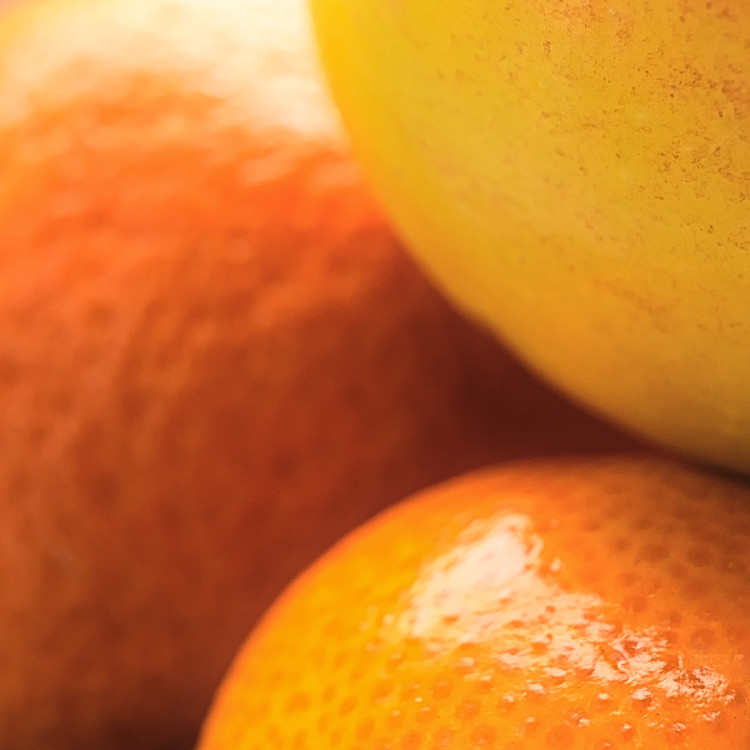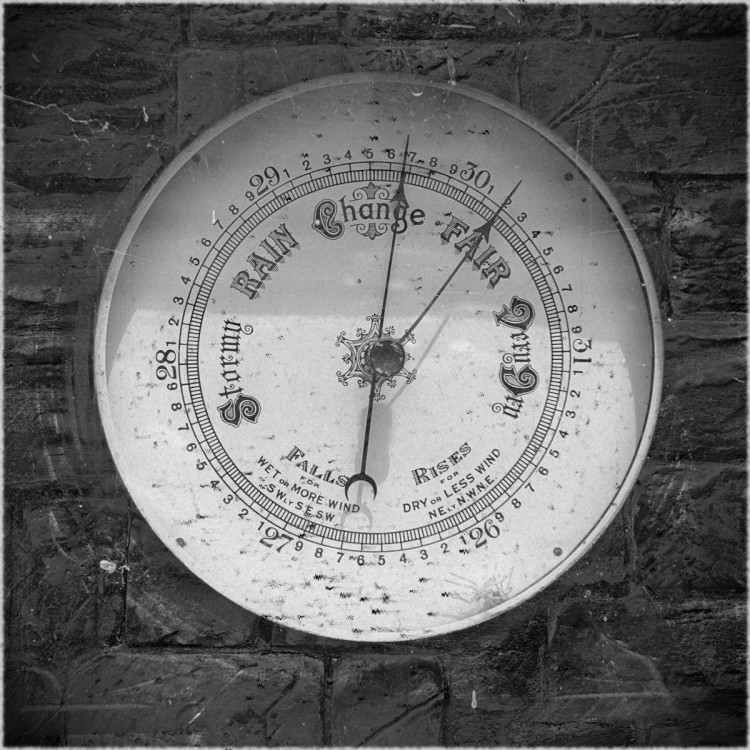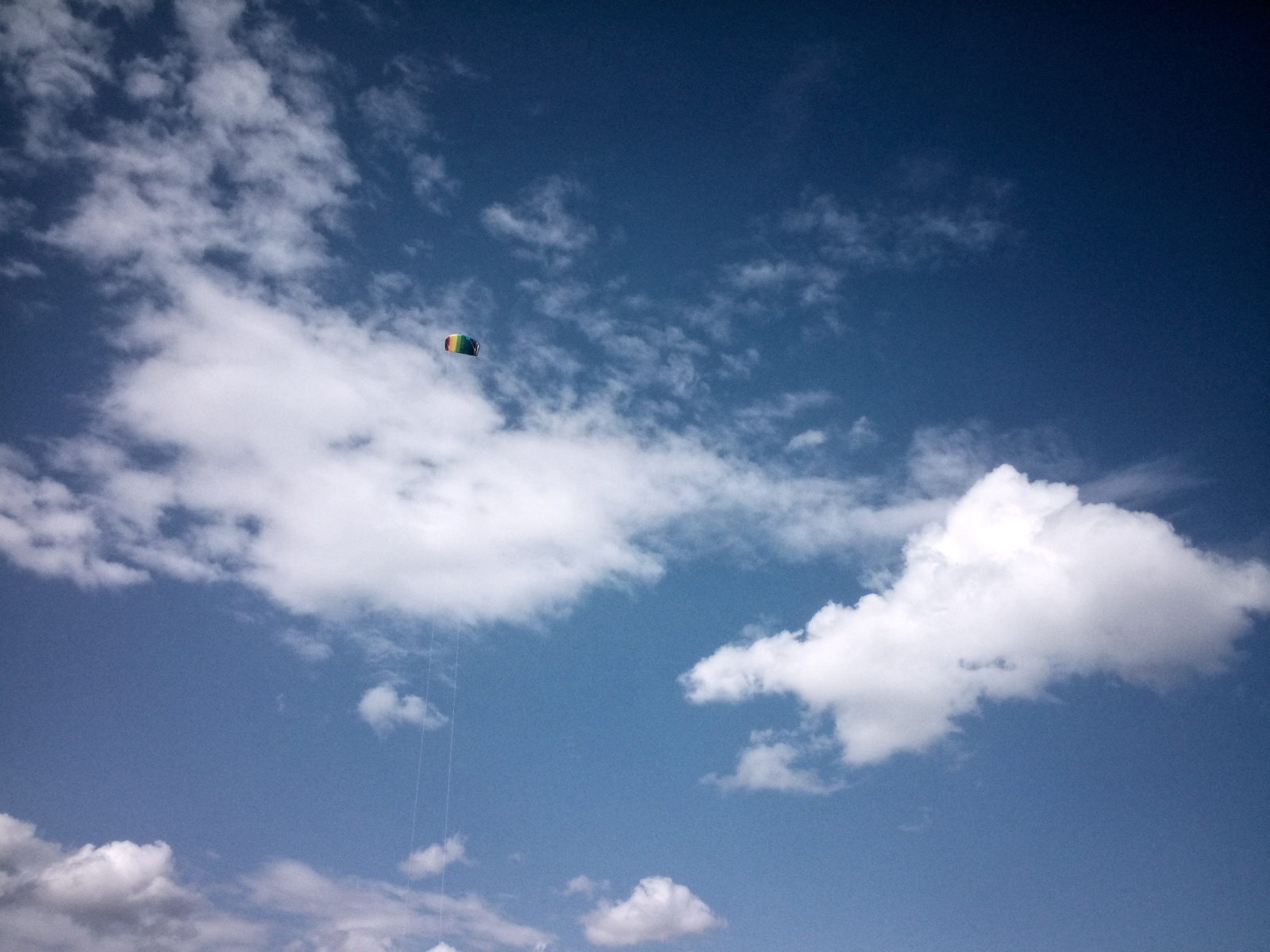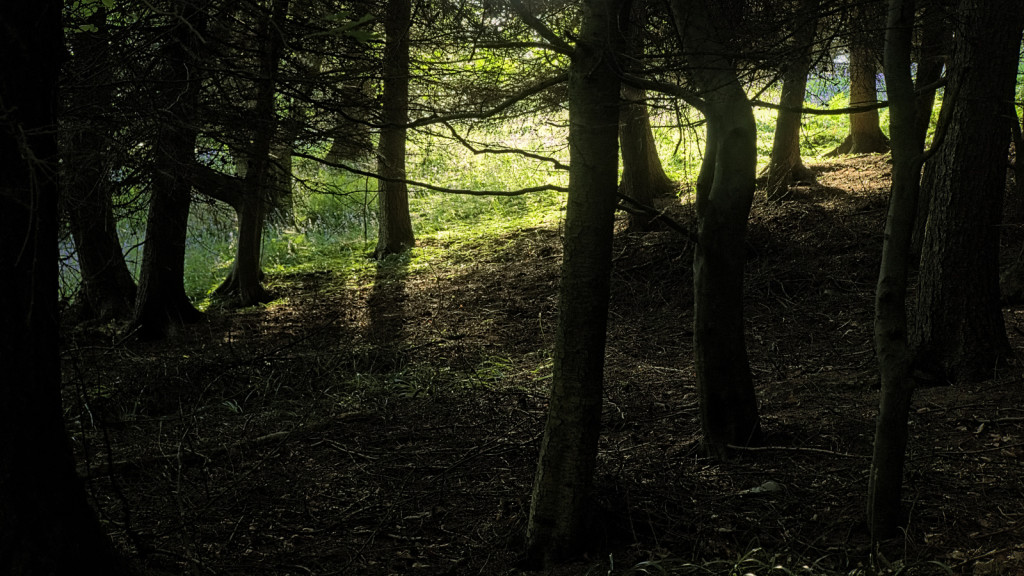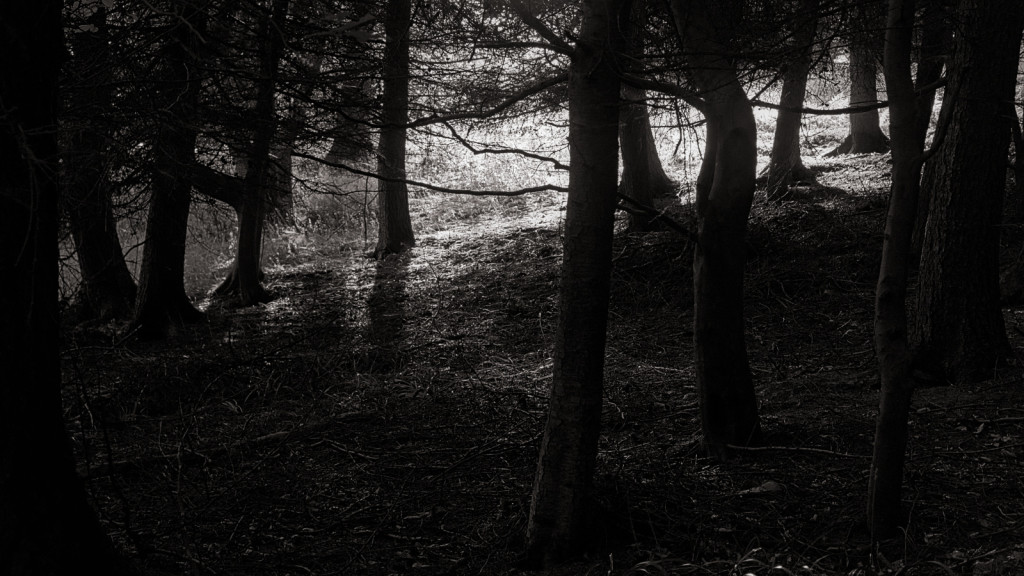Karst topography is a landscape formed from the dissolution of soluble rocks such as limestone, dolomite, and gypsum, characterised by underground drainage systems with sinkholes, dolines and caves and other features typical of such erosion.
A few weeks ago, Dad and I went for a drive around North Yorkshire, most particularly to the Butter Tubs – named either because they look like butter-tubs, or for the story that travellers used them to keep tubs of butter cool. They takes the form of a noteworthy (and mildly scary) pattern of crevices in the limestone about 20-25m deep, where the softer limestone rock of Hood Rigg has eroded away. The surrounding landscape affords a pleasant view where the Cliff Beck wends its way between the hills of Thwaite Common and Muker Common.
Plus the area was humourously(?) known as “Cote du Buttertubs” in the 2014 Tour de France that started in Yorkshire.
